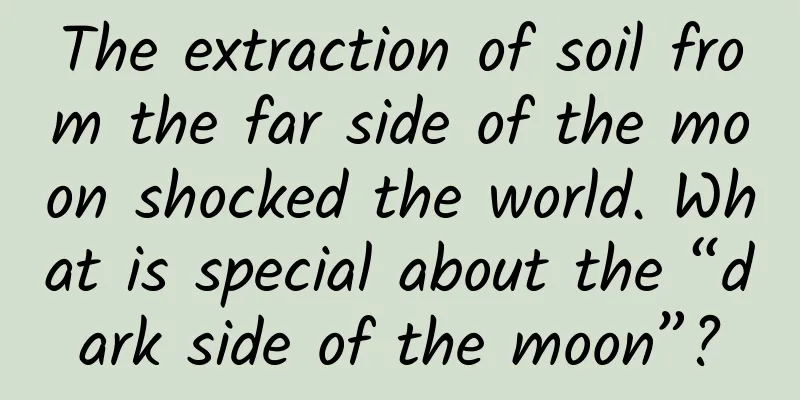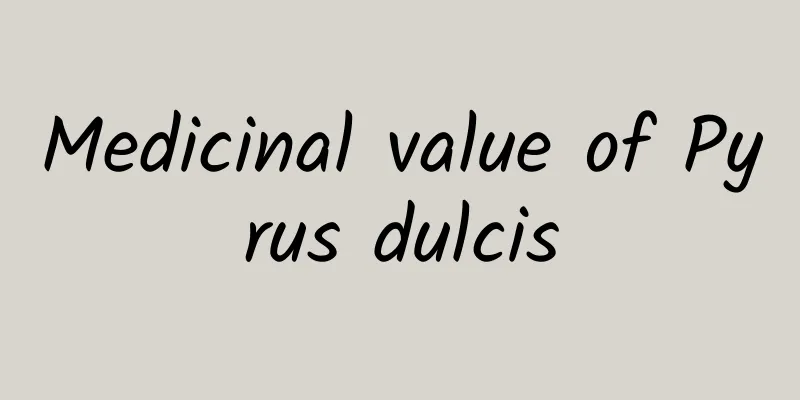The efficacy and function of Tibetan Nepeta

|
Do you know Tibetan Nepeta? It is a common Chinese medicinal material and is very helpful for some diseases. Let me show you today. [Source] Medicinal material source: The above-ground part of the plant Schizonepeta tenuifolia of the Lamiaceae family. [Original form] Tibetan Nepeta, perennial herb, about 60cm tall. The stem is erect, much branched, quadrangular, finely striated, and covered with downward and nearly curly pubescent hairs. Leaves opposite; sessile; stems and leaves linear-lanceolate, 2-4cm long, 0.7-0.8cm wide, acute or obtuse at apex, broadly cuneate to nearly rounded at base, margin nearly entire, or sparsely 1-3 pairs of serrations, both sides with fine soft hairs and glandular dots; bracts are the same shape as stems and leaves, slightly closer to subulate, gradually smaller upwards, shorter than the cyme, entire. The cymes are filled with axillary flowers, 1-5 flowers; bracts are linear, 5-10mm long, about 1mm wide, and pubescent on both sides; pedicels are pubescent; calyx is tubular, two-lipped, with teeth 1.5cm long inside, tube 8mm long, 15 veins, obvious, posterior 3 teeth triangular, anterior 2 teeth recurved, with hard thorn tips; corolla is blue or purple, 2.5-3cm long, pubescent outside, tube 2-2.5cm long, brims two-lipped, upper lip straight, 2-lobed at apex, lobes reaching middle, wavy margins, lower lip recurved, 3-lobed, middle lobe largest, apex concave, margin wavy; stamens 4, the anterior pair is shorter, enclosed, posterior pair is longer, filament tip has extremely prominent appendages, anthers are 2-chambered, horizontally forked. The nutlets are oblong-ovate, rounded at the apex, and pubescent with tufts of soft hairs. Flowering period is from July to September. [Habitat distribution] Ecological environment: Growing beside houses or in bushes below 2500m above sea level, and also cultivated. 【Nature and flavor】 Spicy; Cool 【Functions and indications】Calming wind and stopping convulsions; reducing swelling and relieving pain. Mainly used for epilepsy, convulsions, swelling and pain caused by trauma [Usage and Dosage] For oral use: decoct in water, 3-9g; or grind into powder. 【Excerpt】 Chinese Materia Medica From the above explanation, we have some understanding of the effects and functions of Tibetan Nepeta. If there are any symptoms of discomfort in the body, you can use Chinese medicine to regulate it. Chinese medicine has a long history of treating diseases, so you can eat it with confidence. |
<<: The efficacy and function of white grass
>>: The efficacy and function of white oak
Recommend
Six edible benefits of ginkgo
Ginkgo nuts are what we often call gingko nuts. T...
Is faster-than-light travel coming? Don't worry, listen to what the experts say
The theory of relativity requires that "the ...
Chinese scientists store Chinese characters in DNA! How will DNA storage develop in the future?
Recently, a team of teachers and students from So...
Don’t overindulge during the Spring Festival! Keep this health guide to help you have a great Spring Festival
The Spring Festival is our traditional festival. ...
Honghu Travel: Report on Chinese High-end Polar Travel
In recent years, the polar tourism market has bee...
Can boiling dishes and chopsticks before meals kill bacteria?
What's the first thing you do before dining o...
What are some Chinese herbal medicines for detoxification?
Nowadays, people are increasingly inclined to use...
What diseases can be treated with the medicinal value of plantain?
Plantain is a kind of Chinese herbal medicine and...
The efficacy and function of the big four tiles [picture]
Speaking of the big four tiles [picture], I belie...
Can Panax notoginseng powder treat arteriosclerosis?
In real life, arteriosclerosis is a relatively co...
What are the effects and functions of Eclipta prostrata
I don't know if you have ever heard of this t...
Lighthouse inheritance | Ye Shuhua, "Mother of Beijing Time": Every star has its own light
Have you heard of "Beijing Time"? Ye Sh...
Effects and functions of tin leaf vine
Most Chinese medicinal materials have good effect...
The efficacy and function of bright leaf holly root
When it comes to the root of bright leaf holly, w...
What are the effects and functions of black beans
I believe that most of you have rarely eaten blac...









